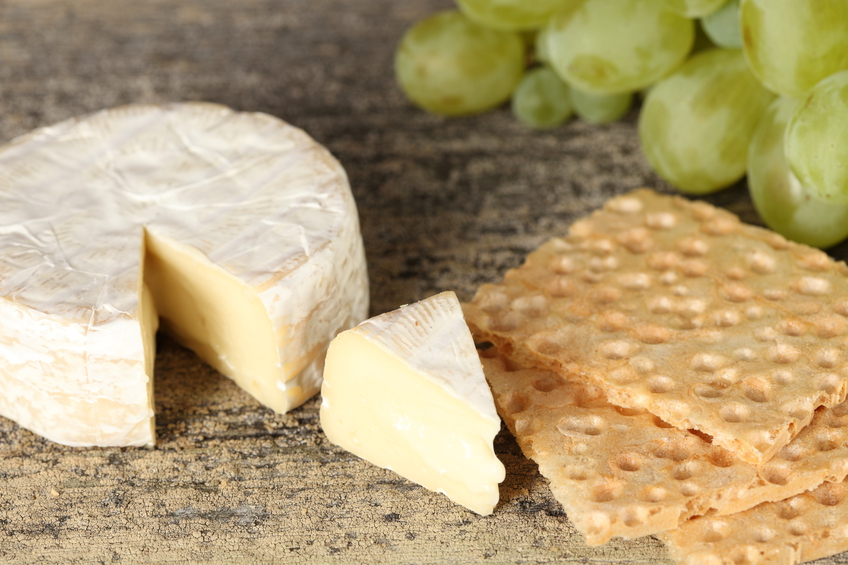Push-ups workout for your best upper body
You might be surprised to learn just how effective body-weight exercises can be for muscle endurance and toning. Push-ups are in the ‘push and pull’ force category. Push-ups are excellent overall upper body toners, that require no external resistance. Body-weight exercises, such as push-ups are ‘functional’ exercises, or those that train your body to handle real-life situations.
Push-ups Muscular Emphasis
There are dozens of variations to the traditional wide-grip push-up. These push-up variations emphasize different muscle groups (target, synergists and stabilizer muscles); from your chest to your back to your shoulders to your upper arms. You can even do push-up drills (walk out push-up to a plyometric jump) which elevate your heart-rate and engage lower body muscles to burn more calories.
Push-ups: military-style
Modify push-ups to make them more appropriate for a beginner (on your knees) or an advanced exercisers (push-ups on toes, decline push-ups). The push-up we are all familiar with is the military-style, wide-grip push-up (on toes or on knees).
Diamond or close-grip push-ups
The ‘diamond’ or ‘close-grip’ push-up targets the triceps muscles more than any other push-up variation. For this push-up, instead of placing your hands shoulder or chest-width apart, place them together below your sternum, forming the shape of a diamond or triangle (hands may be touching at the index fingers and thumbs or slightly farther apart). As you push-down, toward the floor, your elbows should splay outward, slightly toward your lower body. Push-up to return to the beginning position, repeat. This one is tough, start on your knees and advance to your toes.
Stability ball push-ups
Adding a new dimension to a traditional push-up, such as controlled instability, offers multiple benefits. Performing push-ups on a stability ball (under your shins for a decline push-up or under your upper body in place of the ‘floor’ for an incline push-up) recruits additional muscle fibers, particularly core and stabilizer muscles, throughout the movement. Adding balance to this functional exercise also increases muscle fiber activation because you have to control the movement without the help of an exercise machine. Some experts consider the push-up to be more effective for muscular development than the chest press.









